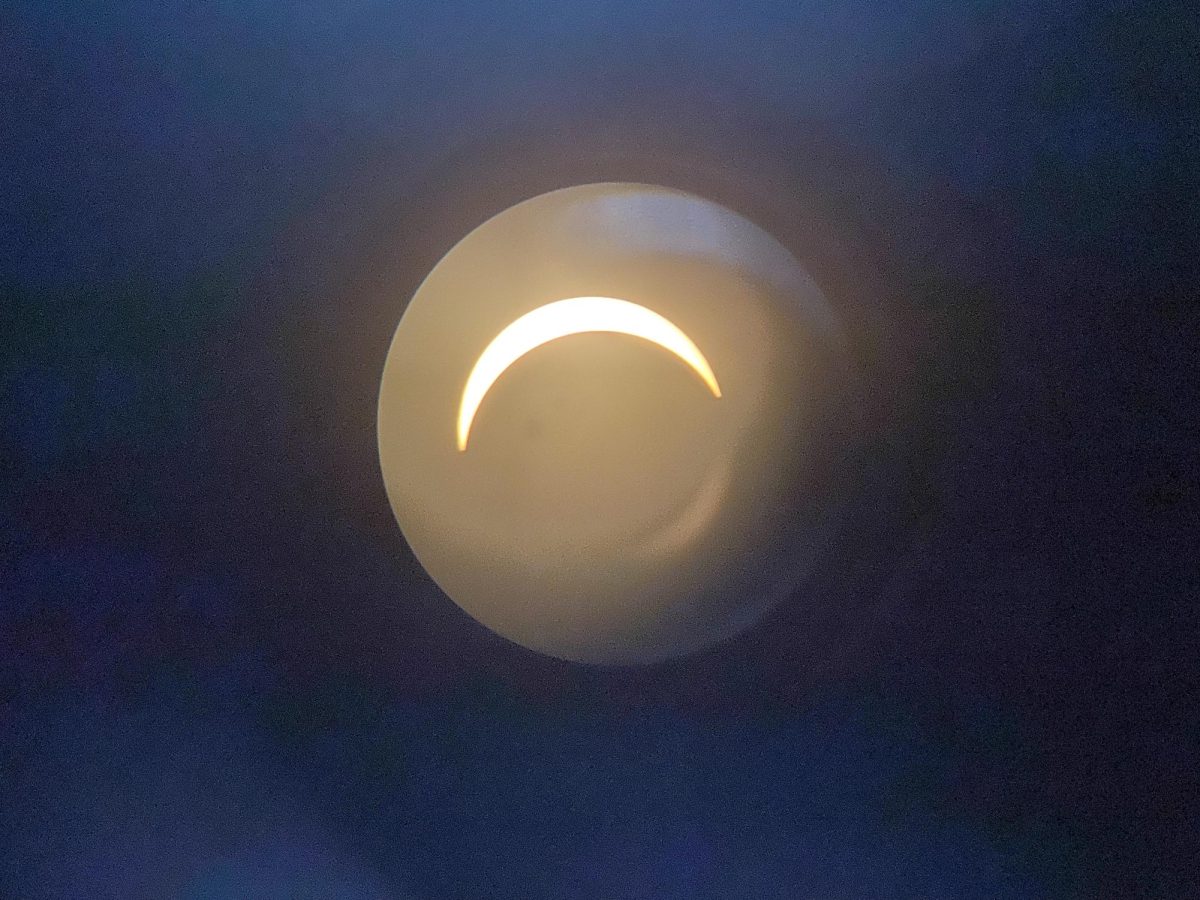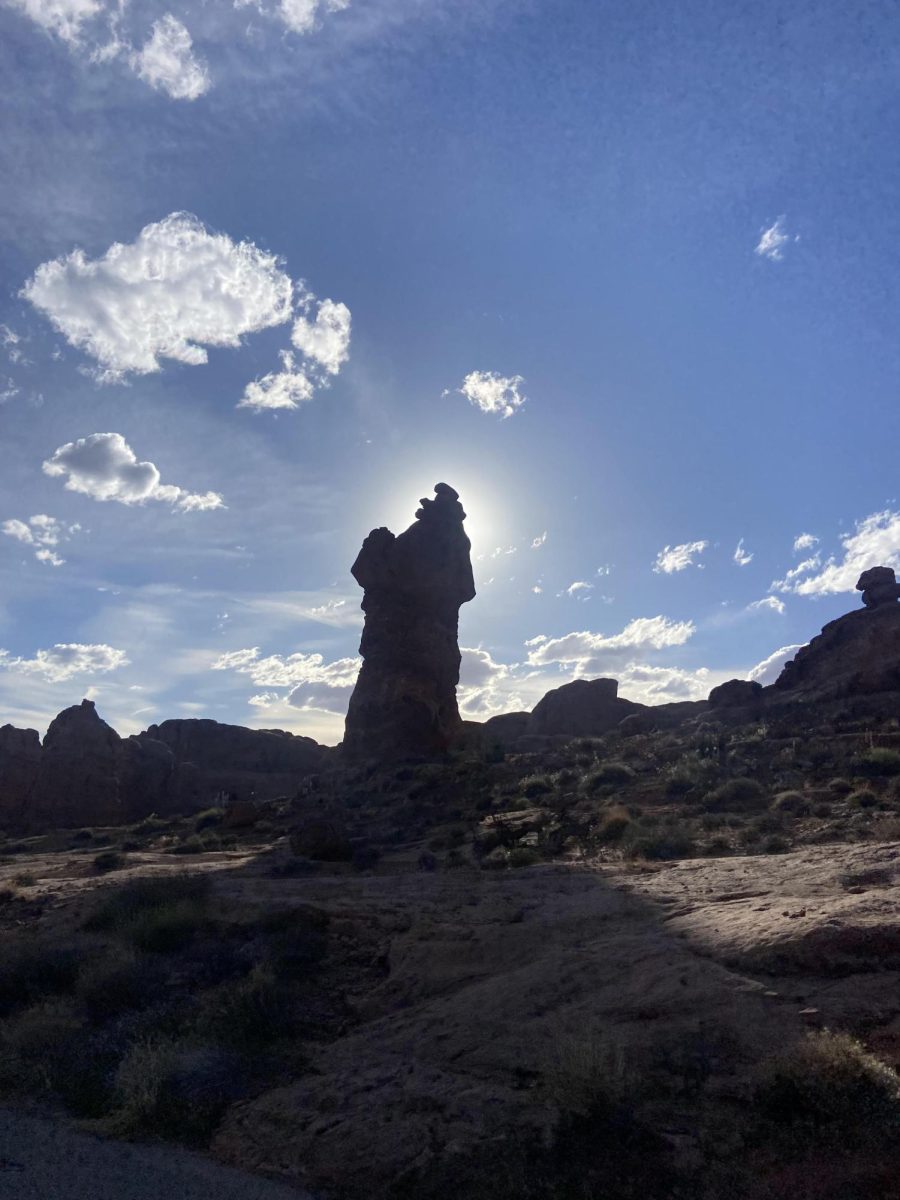Global warming and the increase in naturally occurring phenomenon

More stories from Coco Corey
The sand sculptures at Tiscornia Park in St. Joseph, Michigan.
If this wasn’t so widely reported, I would not have even believed it. The frigid temps and blowing winds have created ski conditions that are more than good; a natural phenomenon known as sand hoodoos reached record heights.
When the wind blows into frozen patches along the lakeshore, sand grains attach to the frozen patches forming sand hoodoos. According to physicist Daniel Bonn, several factors play a role in their formation. “‘Roughly, I think that there are liquid patches in the sand that freeze when it gets cold,’” he said (published, 2022).
The picture to the right was taken at Tiscornia Park, near St. Joe, along the lakeshore, and it is a real, unedited photo. The intricate shapes of the sand hoodoos and their sharp edges make the photo seem almost supernatural.
‘“I [have] never seen these before,” said John Yellich, Director of the Michigan Geological Survey after looking at the image. “It almost looks like Photoshop’” (What’s creating bizarre sand sculptures along Lake Michigan?, n.d.).
The freezing cold temperatures that we experienced in January created perfect conditions for a plethora of sand hoodoos this year. With sand hoodoos reaching record heights, it’s only reasonable to wonder if global warming played a contributing role.
According to Forbes, “While a small but vocal minority of people might use the faulty logic of, ‘it’s cold where I am, therefore global warming isn’t real,’ even schoolchildren know that weather isn’t climate. But these extreme cold snaps have gotten more severe in recent years, due to a combination of global warming and a phenomenon you’ve likely heard of: the polar vortex” (Siegel, n.d.).
While sand hoodoos were forming on the shores of Lake Michigan, fish were raining out of the sky in Texas.

In addition to the sand hoodoos, another strange phenomenon happened only a few weeks ago: raining fish. While sand hoodoos were forming on the shores of Lake Michigan, fish were raining out of the sky in Texas. Yes, you read that correctly; fish were literally raining out of the sky. This phenomenon occurs when waterspouts, tornadoes that essentially form over bodies of water, suck up small marine life that later get dropped from the sky. This phenomenon is rare–I mean it’s an instance where multiple organisms fall from the sky–and this is the first time it’s ever been recorded in Texas. (Residents of East Texas town report fish falling from sky, 2022).
What’s even stranger is that, while waterspouts account for the raining fish phenomenon, The National Weather Service reported none that day in Texarkana. “According to Brandon Thorne, a meteorologist for NWS Shreveport, ‘we really didn’t find anything would indicate that there was any kind of waterspout…We’re kind of confused as to how it happened as well, to be honest’” (Residents of East Texas town report fish falling from sky, 2022).
Global warming is accounting for an increase in water vapor in the atmosphere. This, in turn, leads to stronger storms, be it rain, snow, or harsher conditions. While we typically tend to think of global warming in terms of droughts and heatwaves, it also accounts for harsh, cold blasts. These extremely cold conditions are what caused Michigan’s record sand hoodoos, but as for the raining fish in Texas, it sounds like not even the National Weather Service knows.

Coco Corey is a senior entering her second year writing for The Central Trend. Coco plays on the tennis team, and she is also one of the four student section...



























































































